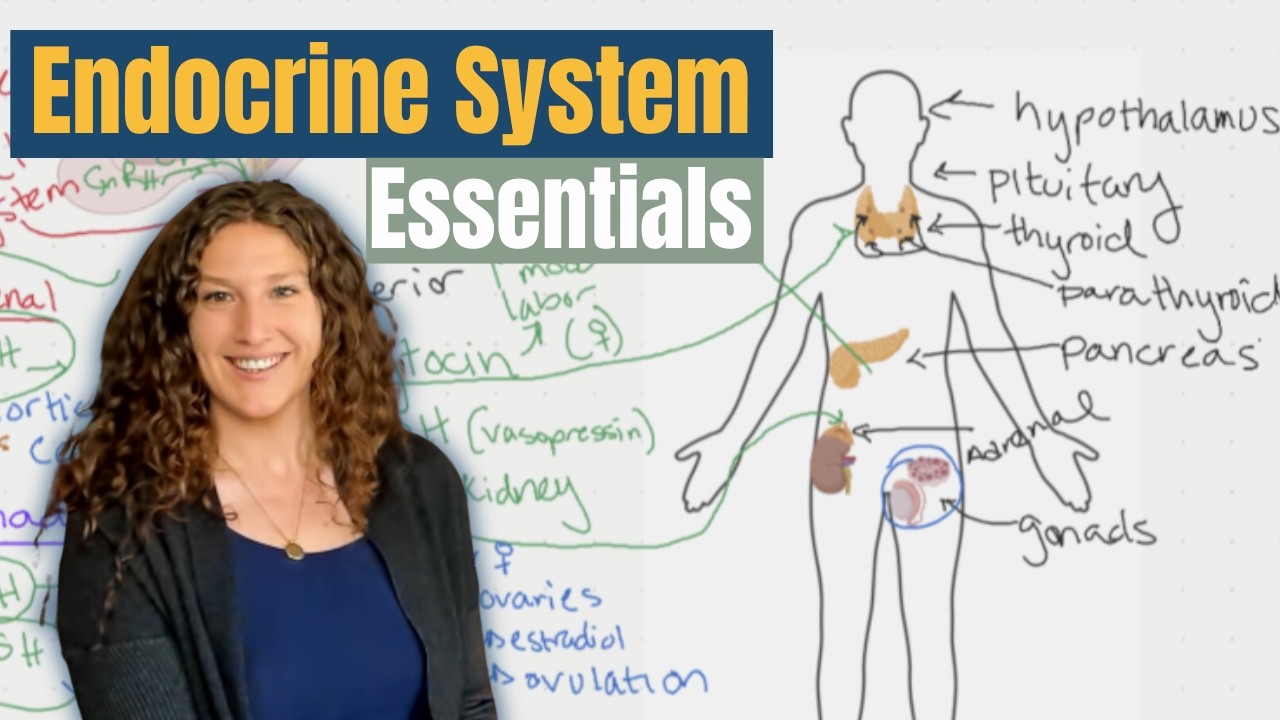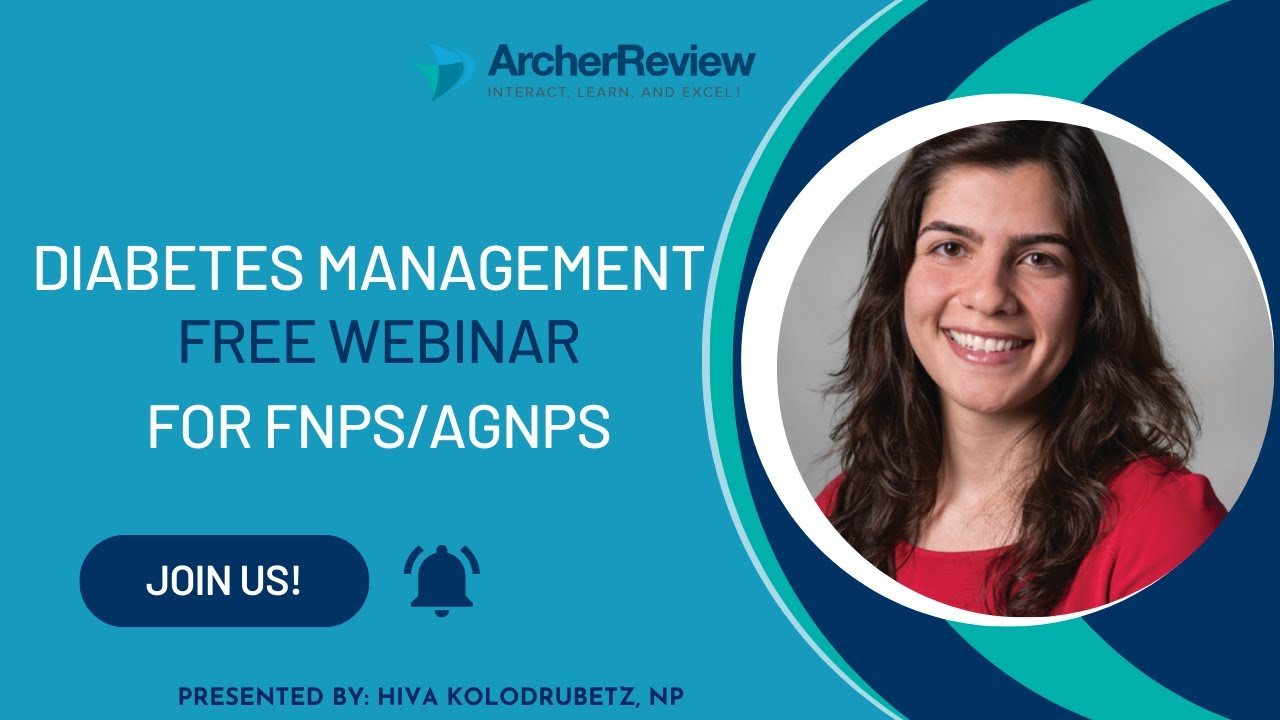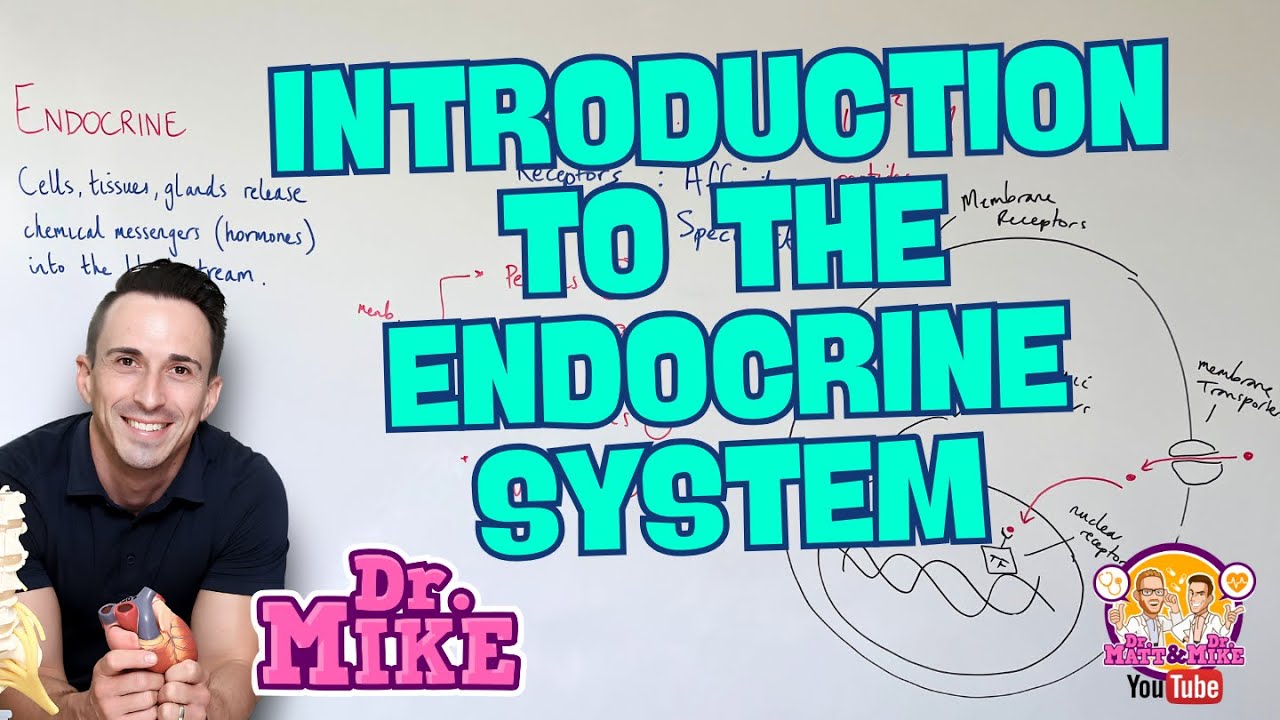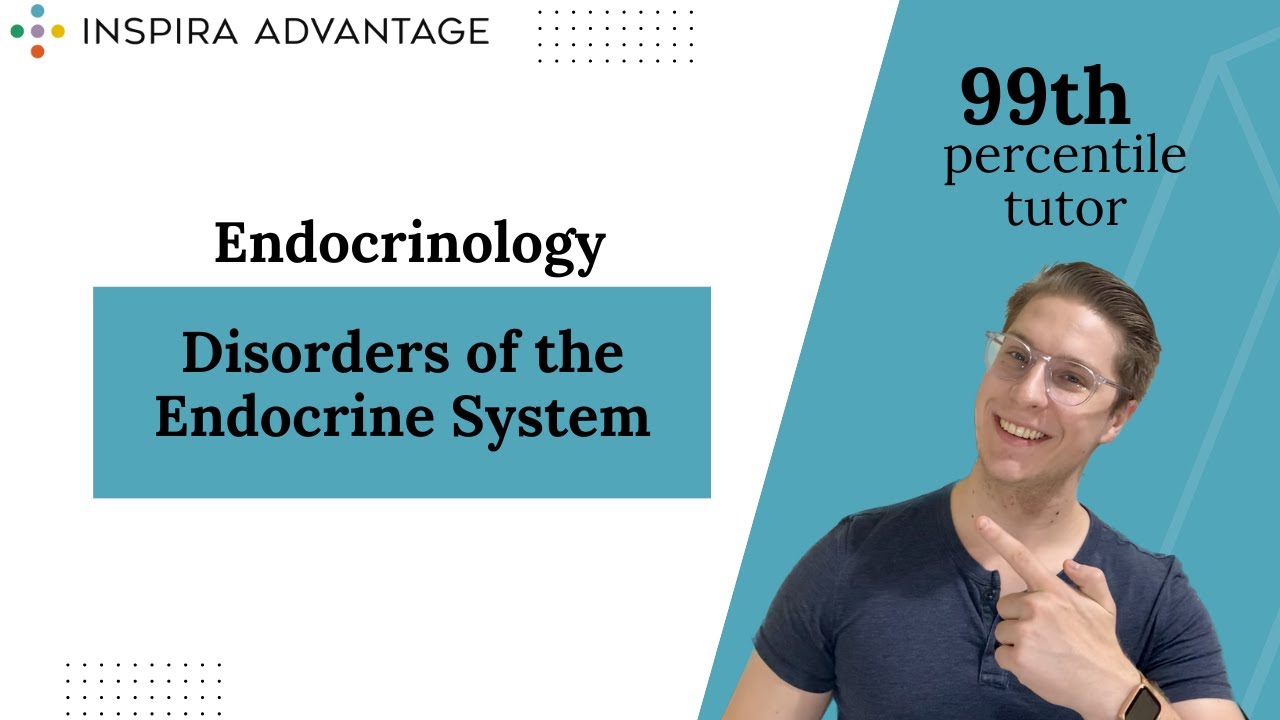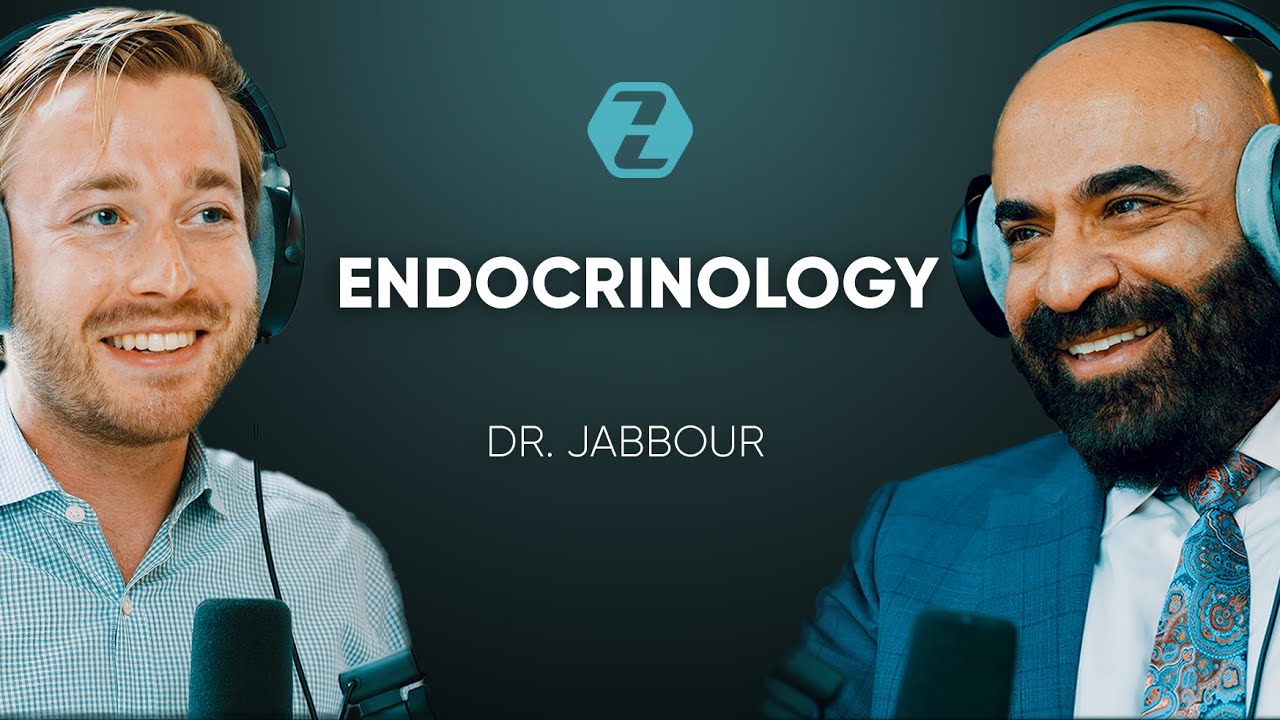The Endocrinology Channel
January 10, 2012 • Endocrinology, Neonatology, Pediatrics, Reuters Health • The Doctor's Channel Newscast
NEW YORK (Reuters Health) – Patients with focal forms of congenital hyperinsulinism are likely to be cured of hypoglycemia after partial pancreatectomy, clinicians from France report in the January issue of Diabetes Care.
That’s not the case, however, for diffuse forms of congenital hyperinsulinism, where the outcome of surgery is highly variable and the risk for insulin-dependent diabetes developing in childhood and adolescence is “extremely high,” Dr. Jean-Jacques Robert, from the Department of Pediatric Endocrinology and Diabetes, Hopital Necker Enfants Malades in Paris noted in an email to Reuters Health.
“Everything should be done to avoid pancreatectomy in these diffuse forms,” Dr. Robert said. “Indeed, in more recent years, medical treatments have permitted to decrease significantly the percentage of patients who required surgery.”
“Near total pancreatectomy should thus be limited to failures of medical treatments in the diffuse forms, while limited pancreatectomy is a rapid and effective cure and is still recommended by most teams in the focal forms,” Dr. Robert added.
Dr. Pascale de Lonlay, an author on the Diabetes Care paper, told Reuters Health, with the availability of effective medical treatments, “we don’t operate now on any diffuse hyperinsulinism (cases).”
Congenital hyperinsulinism is the most common cause of persistent severe hypoglycemia seen at birth or in early infancy.
Mild cases can be treated with frequent feedings, while more severe cases can be controlled with medications that reduce insulin secretion. The most severe cases require surgery to remove of part or most of the pancreas to protect the brain from hypoglycemia-induced damage.
According to Dr. Robert and colleagues, the long-term outcome of patients with congenital hyperinsulinism remains unclear and few studies have clearly differentiated diffuse and focal forms of insulin hypersecretion.
They analyzed the long-term metabolic outcomes of 105 children and adolescents who had near-total or partial pancreatectomy for congenital hyperinsulinism between 1984 and 2006.
Among the 47 children who had surgery for focal forms of the disorder, hypoglycemia or hyperglycemia was rare, mild and transient following surgery, the investigators say. None of these children needed anti-diabetes treatment after surgery.
In contrast, among the 58 children with diffuse congenital hyperinsulinism, 59% were still suffering from hypoglycemia immediately after surgery. However, these episodes were not as severe as before surgery and could be controlled through diet adjustments (raw corn starch at bedtime in 16 children) and medical treatments, such as diazoxide, octreotide, oral steroids, nifedipine or a combination.
Still, one-third of the patients with diffuse congenital hyperinsulinism had both preprandial hypoglycemia and postprandial hyperglycemia. Hyperglycemia was seen in 53% of the patients immediately following surgery and its incidence increased to 100% at 13 years.
Moreover, the cumulative incidence of insulin-treated patients was 42% at 8 years and reached 91% at 14 years. Nonetheless, the progression to insulin dependence was “very variable,” the investigators note.
“It is surprising,” Dr. Robert commented, “that diabetes may develop with such variability and sometimes after a rather long period of time when only about 5% of the pancreas is left. These differences are quite difficult to explain and indeed there have been some controversies with one of the reviewers on the meaning of this particular point.”
Summing up, the researchers say their study illustrates the “dramatic contrast” in metabolic outcome between the two forms of congenital hyperinsulinism.
SOURCE:
Glucose Metabolism in 105 Children and Adolescents After Pancreatectomy for Congenital Hyperinsulinism
Diabetes Care. Published online December 21, 2011

